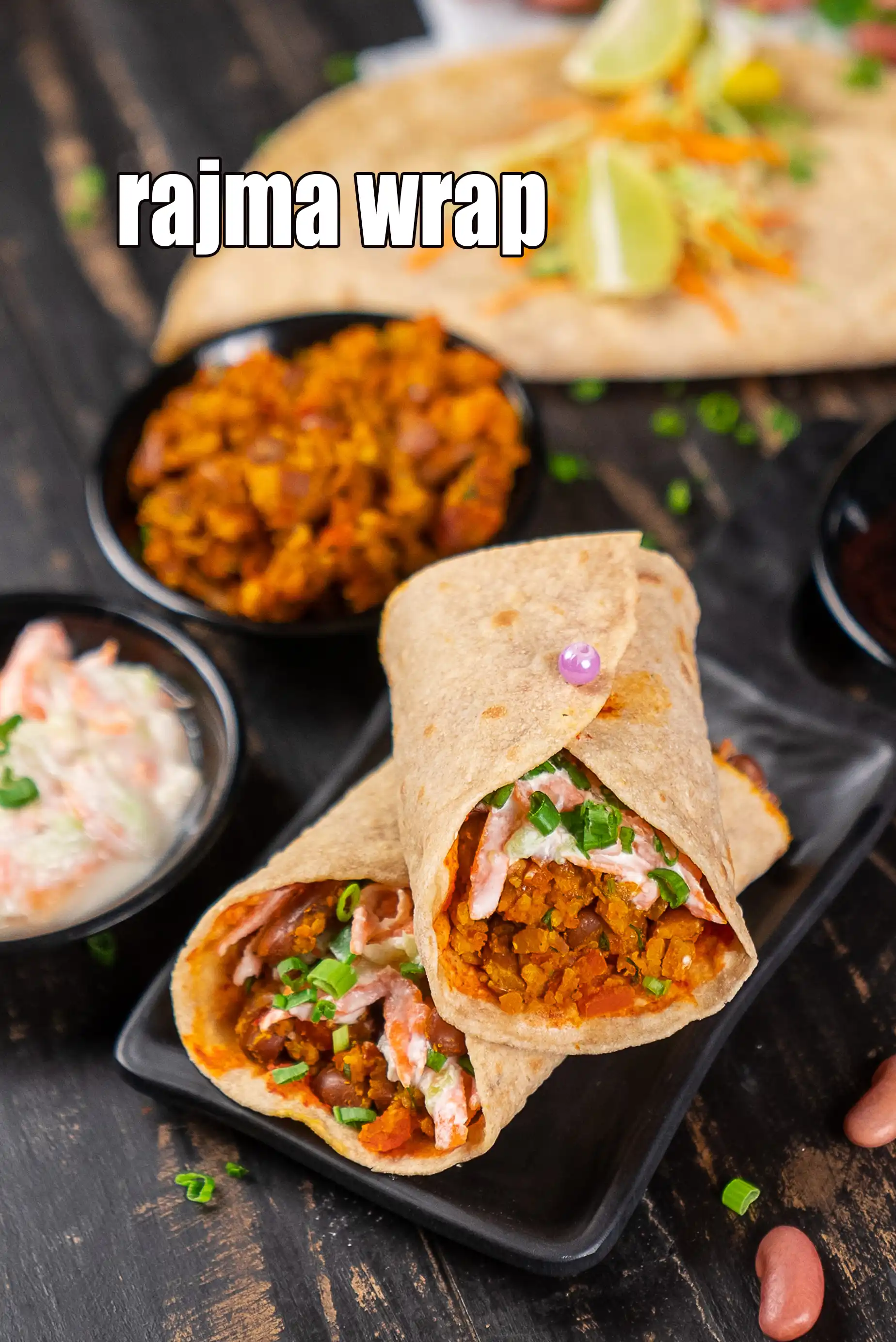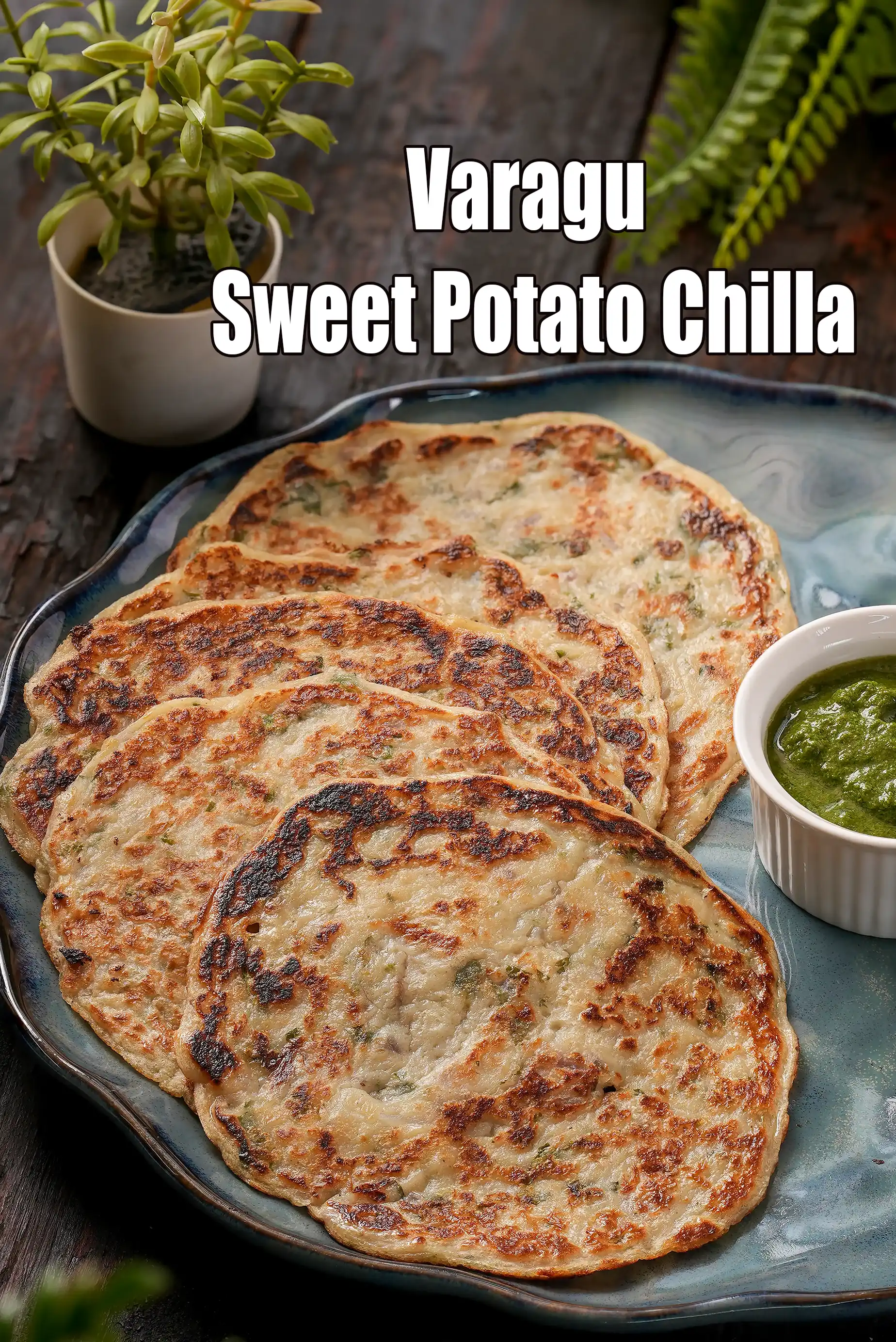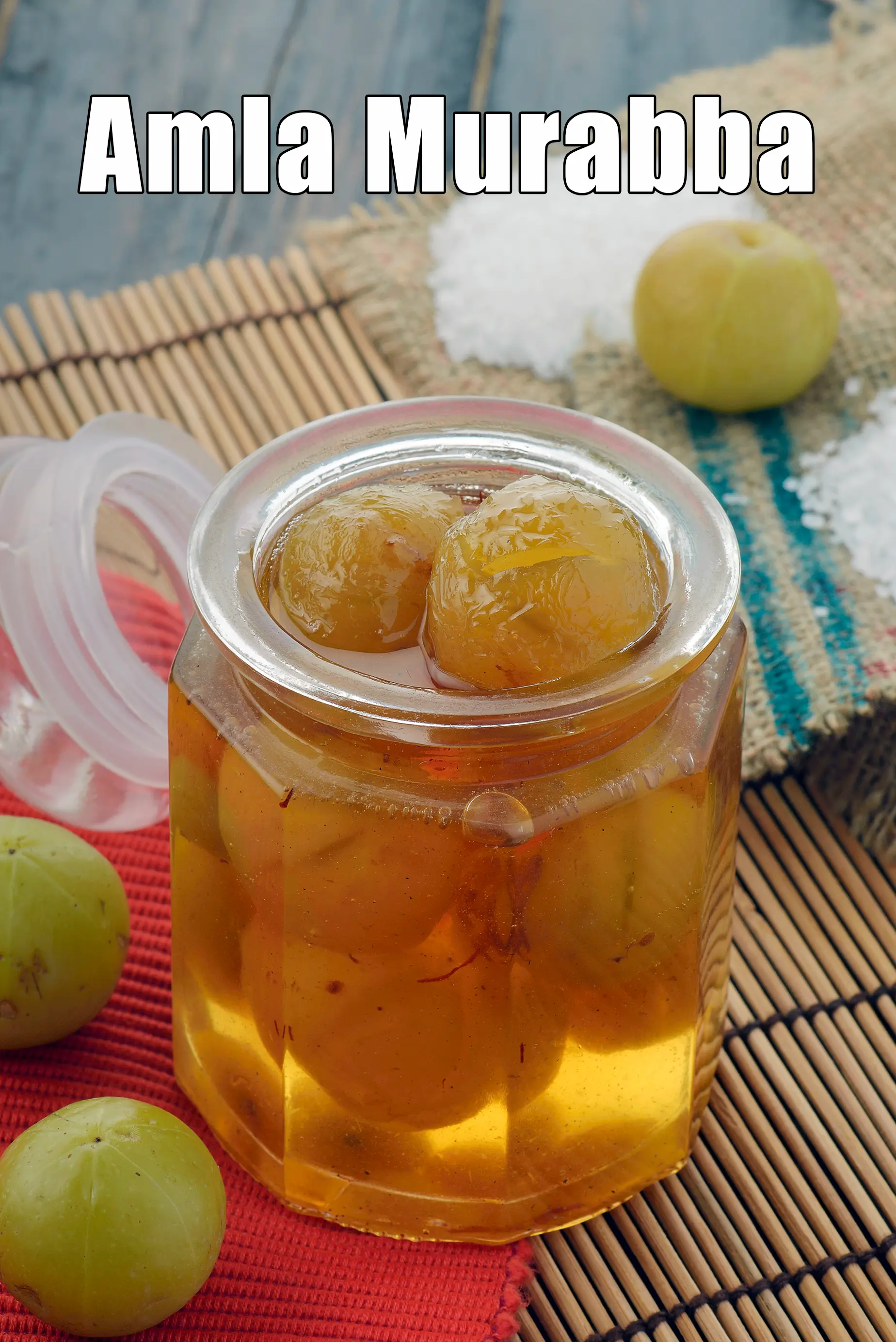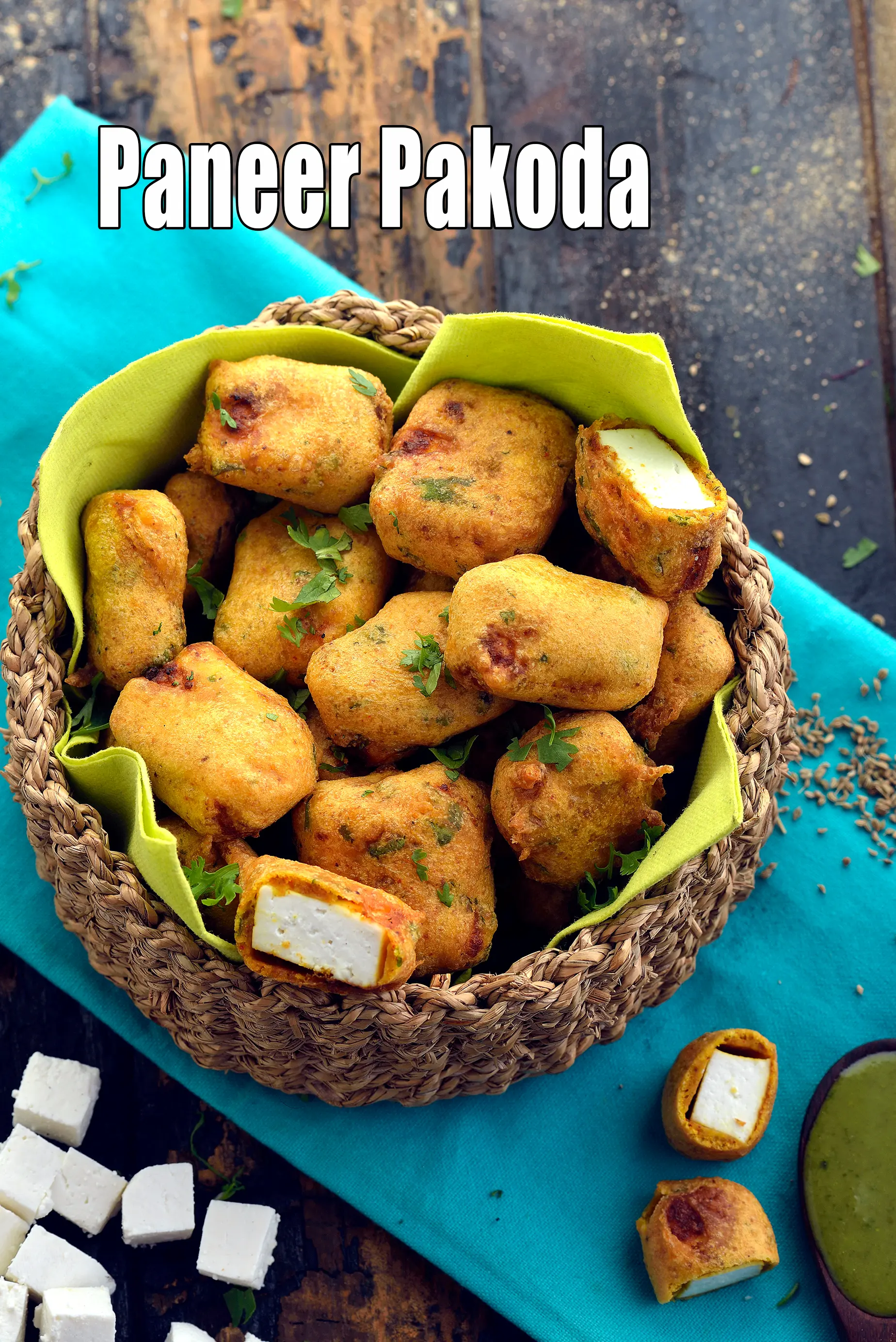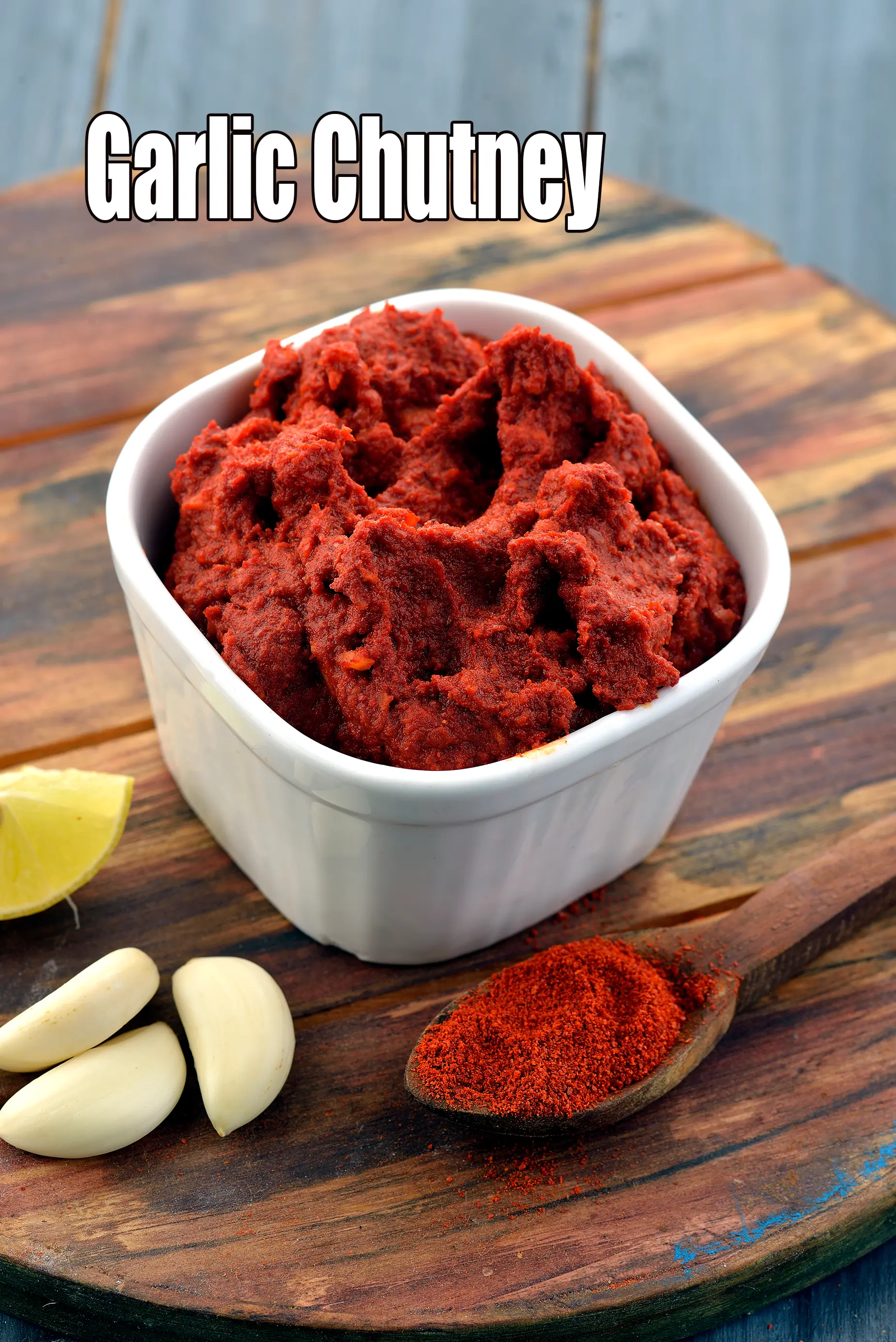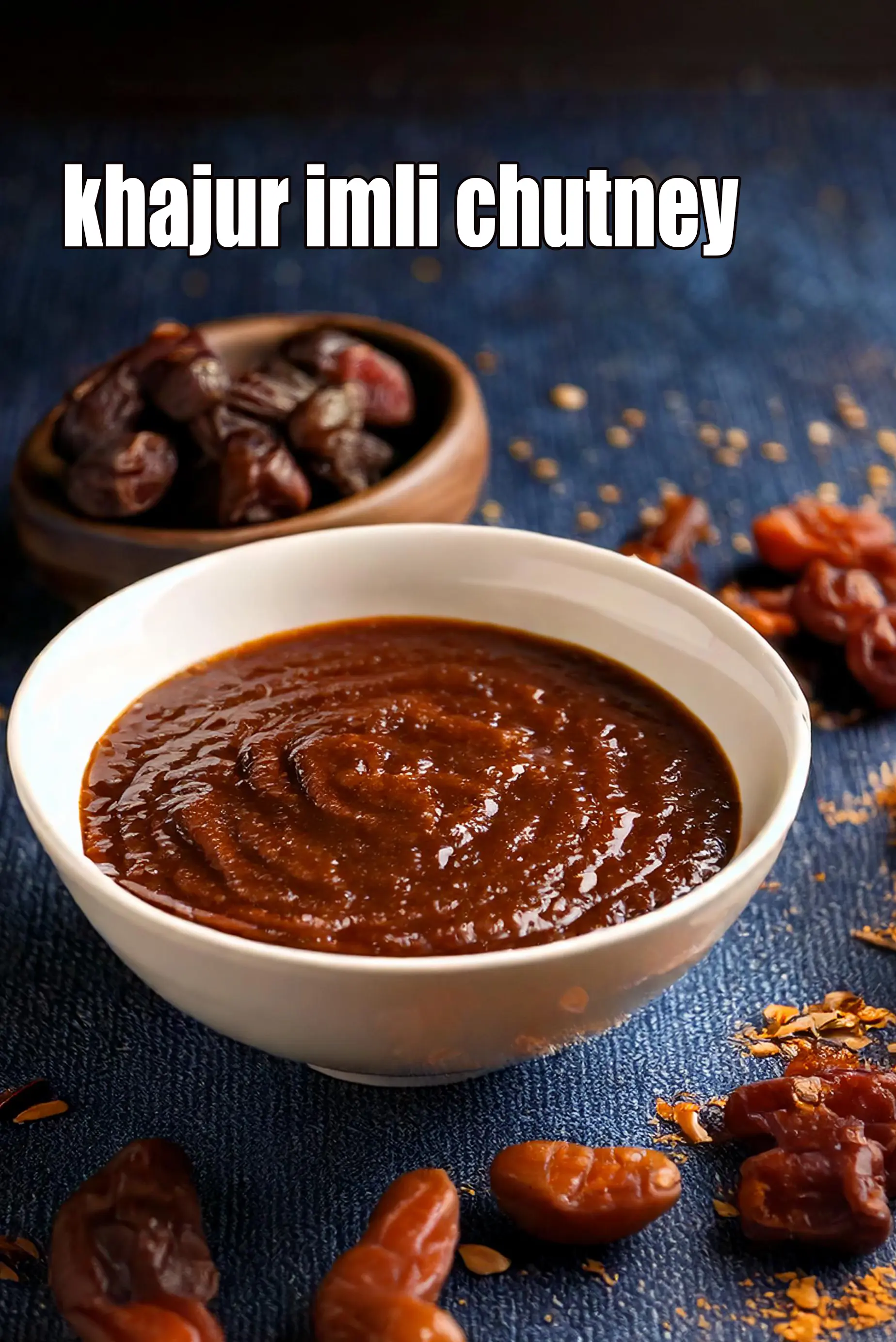roti
Table of Content
what is roti, chapati phulka? glossary, uses, benefits
In the vast and diverse culinary landscape of India, Roti stands as a fundamental and ubiquitous flatbread, forming the cornerstone of daily meals for millions. Derived from the Sanskrit word "roṭikā" meaning bread, roti is essentially an unleavened flatbread, typically made from whole wheat flour (atta), water, and sometimes a pinch of salt. Its defining characteristic is its simplicity and adaptability, making it a versatile accompaniment to almost any Indian dish. Unlike leavened breads like naan, roti is cooked on a dry griddle (tava) and often puffed directly over an open flame, resulting in a soft, pliable texture that is perfect for scooping up curries and gravies.
The generic term "roti" often serves as an umbrella for various unleavened flatbreads, with chapati and phulka being common synonyms, particularly in North India. A chapati is a thin, circular flatbread cooked on a tava, while a phulka is a chapati that puffs up fully when exposed to direct heat, creating a hollow, airy pocket. This puffing is a sign of a well-made phulka and indicates that it's cooked through. The process of making roti is a daily ritual in many Indian homes, a testament to its integral role in the diet, often prepared fresh for each meal.
Roti's uses vary across different parts of India, reflecting regional culinary traditions and the availability of grains. In North India, especially in states like Punjab, Uttar Pradesh, and Rajasthan, wheat-based rotis (chapati, phulka) are the primary staple. They are served with a wide array of lentil dishes (dal), vegetable curries (sabzi), meat preparations, and pickles. They act as the perfect utensil, allowing diners to tear off a piece and scoop up the flavorful accompaniments. Variations like Missi Roti (made with gram flour and spices) and Makki di Roti (cornmeal flatbread) are also popular, especially during winter, often paired with seasonal delicacies like Sarson da Saag in Punjab.
Moving towards Western India, particularly in states like Gujarat and Maharashtra, while wheat rotis are consumed, other grain-based flatbreads also gain prominence. Bhakri, a thicker, harder unleavened bread made from millets like bajra (pearl millet) or jowar (sorghum), is a staple in rural areas and often eaten with robust curries or dry chutneys. Thepla, a Gujarati specialty, is a spiced flatbread made with whole wheat flour, fenugreek leaves (methi), and sometimes gram flour, known for its portability and often packed for travel.
In South India, while rice is generally the primary staple grain, various types of rotis still feature prominently, though they might differ significantly in ingredients and preparation. Akki Roti from Karnataka, for instance, is a savory pancake-like bread made from rice flour, often mixed with grated vegetables and spices, typically served with chutney. Ragi Roti (Finger Millet Roti) is another healthy alternative popular in Karnataka and other southern states, made from ragi flour and packed with nutrients. These often serve as breakfast items or light meals rather than the central component of every lunch and dinner, as wheat rotis do in the North.
Beyond these regional staples, the concept of "roti" has also evolved to include more specialized flatbreads. Rumali Roti, meaning "handkerchief bread," is an extremely thin and soft bread, often made with a mix of whole wheat and refined flour, cooked on an inverted griddle, and popular in Mughlai and Awadhi cuisine. Tandoori Roti, though sharing the "roti" name, is baked in a tandoor (clay oven) and has a distinct smoky flavor and chewier texture. These diverse forms of roti underscore its central, yet incredibly adaptable, role in the rich tapestry of Indian culinary traditions.
chapati recipe | authentic Indian chapati recipe | chapati for weight loss | soft whole wheat chapati |
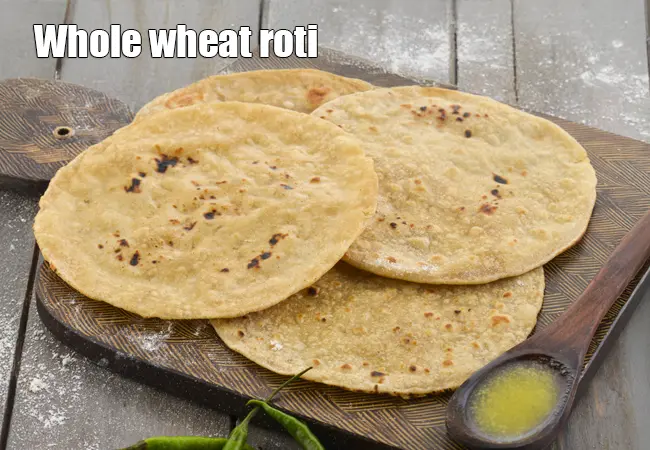
leftover roti

Related Recipes
Aloo Frankie ( Wraps And Rolls)
Paneer Tikka Roll, Paneer Tikka Kathi Roll
Achaari Aloo Roll ( Wraps And Rolls)
Rajma Tikki Wrap ( Wraps And Rolls)
Chilli Paneer Wrap ( Wraps And Rolls)
More recipes with this ingredient...
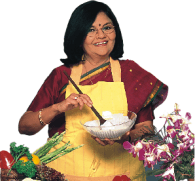
Related Glossary
Follow US
Recipe Categories
- Vitamin B12 Cobalamin Rich Recipes 33 recipes
- Low Calorie, Weight Loss Indian Recipes 421 recipes
- Low Cholesterol Indian Recipes 308 recipes
- Healthy Indian Breakfast 373 recipes
- Indian Diabetic recipes 559 recipes
- Indian Pregnancy recipes 461 recipes
- Zero Oil Indian Recipes 133 recipes
- Iron Rich Indian recipes 267 recipes
- Healthy Indian Acidity recipes 133 recipes
- Healthy Sabzis 108 recipes
- Indian Healthy Veg Snack 276 recipes
- Healthy Heart Recipes 415 recipes
- Healthy Veg Indian Soups 74 recipes
- Calcium Rich Indian Recipes 373 recipes
- High Blood Pressure Indian Recipes 103 recipes
- Healthy Indian Salads Recipes 137 recipes
- Low Carb Indian Diet, recipes 163 recipes
- Hypothyroidism Diet 63 recipes
- Arthritis Diet 68 recipes
- High Protein Indian recipes 94 recipes
- Vitamin K Diet 42 recipes
- Fatty Liver Diet 39 recipes
- PCOS 136 recipes
- Gluten Free Veg Indian 196 recipes
- High Fiber 328 recipes
- Indian Cancer Patients 275 recipes
- Jaundice Diet 45 recipes
- Sprouts 61 recipes
- Typhoid 43 recipes
- Irritable Bowel Syndrome (IBS) 23 recipes
- Kidney Stone Diet 10 recipes
- Home Remedies 213 recipes
- Senior Citizen 195 recipes
- Healthy Indian Drinks and Juices 213 recipes
- Diet for Dialysis 10 recipes
- Gout Indian Recipes 17 recipes
- Potassium Rich 80 recipes
- Vegan 195 recipes
- Indian recipes to treat Vomiting 8 recipes
- Forever Young Diet, Anti Aging Indian Diet 255 recipes
- Antioxidant Rich Indian 445 recipes
- Vitamin B1 Rich Indian Foods, Recipes 101 recipes
- High in Omega 3 Fatty Acids 32 recipes
- Zinc Rich Foods 55 recipes
- Vitamin A Rich, Beta Carotene, Retinol 89 recipes
- Malaria Diet 19 recipes
- Magnesium Rich 94 recipes
- Healthy Indian Dinner 85 recipes
- Vitamin C Rich Indian recipes 118 recipes
- Low Veg Glycemic Index 86 recipes
- Lower Blood Pressure Salads 8 recipes
- Healthy Indian Lunch Recipes 29 recipes
- Lactation 25 recipes
- Vitamin E Rich 51 recipes
- Hyperthyroidism Diet 47 recipes
- Vitamin B3, Niacin Rich 41 recipes
- Post Surgery Diet 42 recipes
- Selenium 27 recipes
- Lower Blood Pressure Desserts Sweets 14 recipes
- Phosphorus Rich Indian Recipes, Foods 74 recipes
- Copper 15 recipes
- Foods Rich in Vitamin B2 Riboflavin 22 recipes
- Vitamin B6 Diet 36 recipes
- B Vitamins 231 recipes
- Vitamin B9 Rich Folate 50 recipes
- Marathoners, Endurance Athletes, Triathlete 225 recipes
- Manganese Diet 32 recipes
- Thalassemia 18 recipes
- Detox Water, Fruit Infused Water 42 recipes
- Lactose Free Dairy Free 22 recipes
- Omega 6 Fatty Acids 32 recipes
- Phytonutrients 51 recipes
- Chronic Kidney Disease Indian recipes 12 recipes
- Selenium1 0 recipes
- Quick Snacks / Quick Starters 385 recipes
- Quick Breakfast Indian 131 recipes
- Quick Sabzis 117 recipes
- Quick Rotis / Parathas 46 recipes
- Quick Indian Sweets 139 recipes
- Quick Stir-Fries 51 recipes
- Quick Vegetarian Indian Soups 72 recipes
- Quick Chutneys 67 recipes
- Quick Vegetarian Rice, khichdi Recipes 56 recipes
- Indian snacks under 10 minutes 44 recipes
- Quick Indian Dips, Gravies & Sauces 105 recipes
- Quick Veg Indian Pizza 17 recipes
- Quick Veg Pasta 25 recipes
- Quick Pickles / Aachar 25 recipes
- Quick Dals / quick Kadhis 29 recipes
- Snacks under 5 minutes 33 recipes
- Quick Healthy Recipes 43 recipes
- Quick Pressure Cooker 46 recipes
- Quick Desserts 47 recipes
- Quick 3 Ingredients 63 recipes
- Quick Indian Desserts 20 recipes
- Quick 4 Ingredients 41 recipes
- Quick 5 Ingredients 42 recipes
- Kids Tiffin Box 319 recipes
- Recipes for Toddlers (1-3 Years) 32 recipes
- Sweet Recipes for Kids 456 recipes
- Recipes for Baby (10 to 12 Months) 17 recipes
- Quick Indian recipes for Kids 72 recipes
- Indian Breakfast Recipes for Kids 192 recipes
- Recipes for Weaning (8 to 9 months) 22 recipes
- Healthy Foods for Kids 196 recipes
- Snack Recipes for Kids 619 recipes
- Recipes Kids can make 36 recipes
- Kids After School 794 recipes
- Kids Jar Snacks 66 recipes
- Finger Foods for Babies, Toddlers and Kids 76 recipes
- Kids Weight Gain 43 recipes
- Kids Wraps and Rolls 23 recipes
- Kids Veg Pasta 27 recipes
- Kids Brain Boosting 68 recipes
- Protein rich food for kids 71 recipes
- Recipes for Weaning 15 recipes
- Kids Pizzas 30 recipes
- Babies, Toddler and Kids Iron Rich Foods 31 recipes
- High Fiber Foods for Kids 39 recipes
- Kids Noodles 37 recipes
- Kids High Energy Indian Foods 103 recipes
- Kids Calcium Rich Indian recipes 92 recipes
- Babies recipes, 6 to 18 months 34 recipes
- Kids Recipes for Increasing Immunity 10 recipes
- Kids Weight Loss 58 recipes
- Teething Recipes for Babies 10 recipes
- Cereals and Pulses for 8 to 9 months Baby 8 recipes
- Weaning foods at 7 months 12 recipes
- Indian Teen 315 recipes
- Starters / Snacks 2138 recipes
- Indian Breakfast Recipes 819 recipes
- Main Course Recipes 925 recipes
- Indian Salads 385 recipes
- Indian Desserts , Sweets 985 recipes
- Indian Soups 249 recipes
- Indian Beverages, Indian Drinks 483 recipes
- Indian Dinner 903 recipes
- Indian Dinner1 0 recipes
- Indian Lunch 830 recipes
- Side Dishes 449 recipes
- Indian Travel Food 433 recipes
- Indian Barbeque1 recipes 22 recipes
- Frozen Foods, Indian Freezer Recipes 67 recipes
- Whole Wheat Recipes 56 recipes
- Indian Comfort Foods 212 recipes
- Dinner Menus 56 recipes
- Easy Indian Veg 70 recipes
- Innovative Indian Recipes 27 recipes
- No Cook Indian 37 recipes
- Advanced Recipes 10 recipes
- Cakes with Eggs 13 recipes
- Microwave 229 recipes
- Oven 619 recipes
- Indian Steamer Recipes 102 recipes
- Kadai Veg 407 recipes
- Indian Barbeque Recipes 43 recipes
- Sizzler tray 15 recipes
- Mixer 566 recipes
- Pressure Cooker 315 recipes
- Tava 647 recipes
- Non-stick Pan 1393 recipes
- Indian Freezer recipes, meals 57 recipes
- Appe Mould 18 recipes
- Pan 223 recipes
- Non Stick Kadai Veg 203 recipes
- kadai Indian 150 recipes
- Refrigerator 176 recipes
- Waffle Indian recipes 6 recipes
- Handi 12 recipes
- Juicer and Hopper 65 recipes
- Grill 31 recipes
- Toaster 21 recipes
- Gas Toaster 8 recipes
- Steam 72 recipes
- No Cooking Veg Indian 335 recipes
- Vegetarian baked Indian recipes 380 recipes
- Boiled Indian recipes 129 recipes
- Deep Fry 260 recipes
- Indian Tawa 265 recipes
- Shallow Fry Indian 25 recipes
- Microwave1 172 recipes
- Saute 273 recipes
- Indian Pressure Cooker 171 recipes
- Stir-fry 101 recipes
- Roasting 0 recipes







